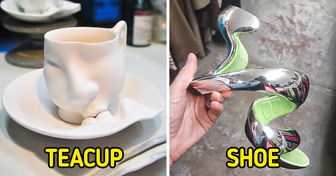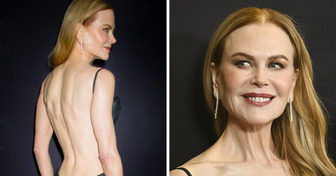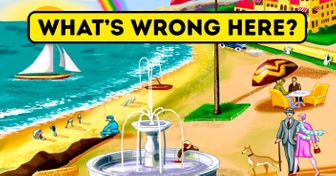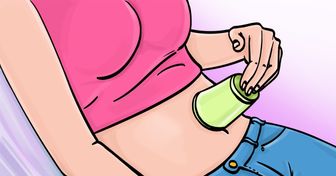20 Times Designers Decided to Push the Limits of Creativity

We all want to be fit and slim, but what’s more important is to be healthy. You don’t have to follow complicated diet regimens, just follow the rainbow. Weight loss is one of the many benefits of the rainbow diet. Research has also proved that antioxidants and the alkalizing properties of fruits and veggies can reduce your cancer risk.
We at Bright Side have gathered some facts about this color-coded diet and how it affects our health.
Fruits and vegetables of different colors actually contain different types of micronutrients. That’s why it’s extremely important to eat all the colors on a regular basis. A rainbow diet is an eating plan which is abundant in all the nutritional colors.
The rules are simple and easy to remember. Eat 5 cups of fruits and veggies in 5 colors (red, yellow & orange, white, green, blue and purple) every day.
Red food options are strawberries, watermelon, pink grapefruit, raspberries, beetroot, redcurrants, red onions, radish, tomato, etc.
This type of food is rich with powerful antioxidants and vitamin P. For example, resveratrol (in red grapes) has anti-inflammatory properties which lower the risk of heart disease and cancer. Lycopene (in watermelon, pink grapefruit, and tomato) helps to fight prostate cancer. Betacycin which gives beetroot its purple color is considered a powerful cancer preventing agent.
Yellow and orange food options are lemons, carrots, pumpkin, yellow peppers, corn, yellow apples, peaches, apricots, melons, pineapples, etc.
Orange foods contain a lot of beta carotene and vitamin C which are great for protecting your skin and mucous membranes. Beta carotene also lowers the risk of cancer, heart disease, cataracts, arthritis, and blood vessel damage. Lutein is another component of yellow and orange foods. It boosts vision and eye health, supports brain function, and can prevent cancer.
White food options are cauliflower, onions, daikon radish, garlic, jicama, etc.
White foods contain xanthone which has antioxidant, anti-inflammatory, and anti-thrombotic properties. It prevents heart disease and boosts the immune system.
Onions, for example, are the great probiotics. Garlic contains allicin which lowers blood sugar and prevents cardiovascular attacks. Onion and garlic have anti-inflammatory and anti-bacterial properties. Daikon radish is a natural diuretic; it helps to clean the kidneys and remove toxins from your body.
Green food options are spinach, cucumbers, parsley, limes, zucchini, asparagus, green leaf and romaine lettuce, avocado, kiwi, green apples, broccoli, peas, etc.
Chlorophyll contained in green foods helps prevent cancer, detox your liver, and maintain weight control. It also protects your skin due to its antiviral properties.
Green foods are rich with the detoxing mineral sulphur. They remove toxins from your body and prevent cancer and macular degeneration. Green foods also contain potassium, which helps to protect your heart. Thylakoids in spinach help to boost weight loss and decrease the desire for unhealthy foods.
Blue and purple food options are purple cabbage, blackcurrants, eggplant, blueberries, plums, purple grapes, etc.
Blue and purple foods lower the risk of cancer and are great for the urinary tract. Anthocyanin in this type of foods fights the damage to your cells, encourages heart health, reduces cholesterol, fights obesity, and boosts cognitive function.
If you are in the supermarket and have trouble deciding which foods to get, remember the rule — shop by color. When filling your shopping cart, make sure to have all 5 colors: red, yellow or orange, white, green, and blue or purple.
The rainbow diet not only improves your health and protects you from different diseases, but it also helps you to lose weight. One of the main advantages of this diet is that you don’t have to follow complicated meal plans. Just replace most of the unhealthy foods like pasta, pizza, cake, and fast food with fruits and vegetables. The improvements will be imminent.
Do you eat enough red, yellow, orange, white, green, blue and purple fruits and veggies? What is your opinion on the rainbow diet? Let us know your thoughts in the comments below!











